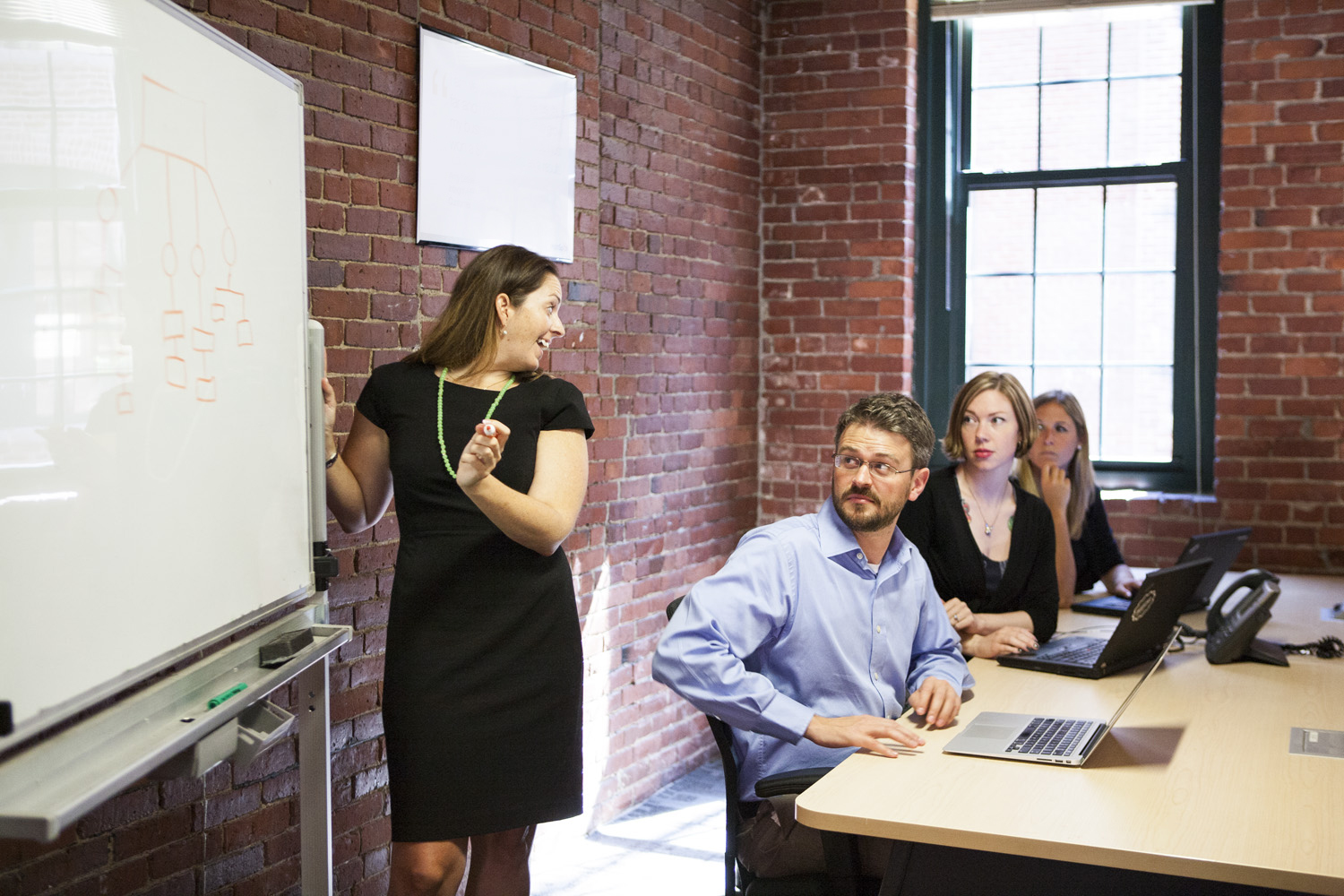Faster software release cycles push design thinking into the Agile camp

Lately, there has been discussion of a "blurring" of Agile methodologies with design thinking. These are two philosophies with different terminologies, practiced by different groups of people, that have the same goal -- to provide elegant and continuously improving technology solutions that serve users and customers. This blurring may be necessary with software release cycles now going into the hours, or even minutes for some businesses.

Does it make sense to bring them closer together? While Agile and design thinking come from two different places, the similarities are striking.
"Both process seek input from beyond the team doing the work," observes Matt Cooper-Wright, senior design lead at IDEO, "For designers this is user research, business needs, and technology possibilities. For software development this looks more like a backlogs, user stories, and success metrics. Both processes also embrace iteration and ongoing refinement. Design is more about jumping backwards and forwards where software is the continuous loop of development -- but both talk to the same notion of ongoing refinement."
The two modes of work naturally blend together, and Tom Roach, UX & interaction designer on IBM's Watson team, provides some guidelines on how to make the fusion happen. It's a process that involves journey mapping, "to capture what the team currently understands about their user's existing experience, what we call the as-is experience," to ideation to storyboarding with teams.
Interestingly, the connection between design thinking and information technology solutions delivery has been around for some time now. IBM first pioneered the concept in 1956, spurred by Eliot Noyes, an architect and former curator of industrial design at New York's Museum of Modern Art.:
"Noyes's goal was to create a first-of-a-kind corporate design program that would encompass everything from IBM's products, to its buildings, logos and marketing materials. The goal was much more than consistency of look and feel. It marked perhaps the first time in which a business organization itself -- its management, operations and culture, as well as its products and marketing -- was conceived of as an intentionally created product of the imagination, as a work of art."
Featured
In a recent post, Tom Dabson, software engineering manager at Cognizant, explains how his team connects the dots between design thinking and Agile -- or, more precisely, employ design thinking to determine the scope of Agile adoption within a given project.
"We use design thinking as the approach to solving problems," he explains. "Design thinking is centered around truly understanding client needs and opening yourself up to try as many things as possible before coming up with the preferred solution. This is the approach we are taking with development as well -analyze, experiment, and remain flexible to use the approach that best suits the nature of the problem, the needs of the client and the capabilities of your team. As a result, every design and development project we undertake falls on a different spot along the agile/waterfall spectrum."
IDEO's Cooper-Wright provides some points on the similarities, differences, and reasons for the blurring of Agile and design thinking:
Similarities:
- "Both processes seek input from beyond the team doing the work."
- "Both processes also embrace iteration and ongoing refinement."
- Both strongly "call for a healthy culture of empathy and empowerment in the team."
Differences:
- "Software development in general doesn't have a 'synthesis' stage" to apply learnings, which is part of design thinking."
- "Design thinking requires definitive stages of development (beginning, middle, end), while Agile enables solutions to be deployed "at any point in time."
- Designers have a much broader range of tools than Agile practitioners.
Blurring:
- Both employ the same software and frameworks.
- Design and Agile teams are overlapping."With more and more design-founded companies (such as Airbnb), it's common to find design teams with software engineers and software teams with ethnographers."
- The accelerated speed of software delivery -- sometimes minute by minute -- requires simultaneous Agile and design thinking.